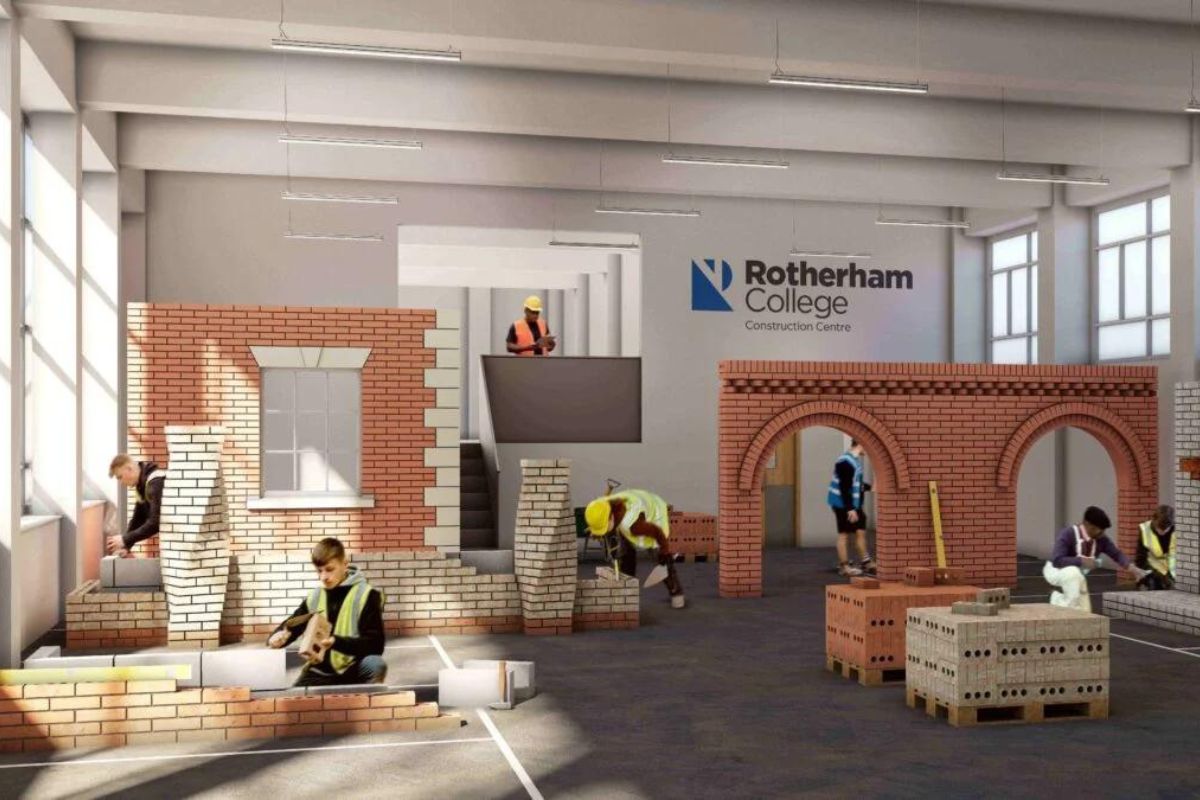How building connections with parents and the broader school community can improve learning outcomes

In a fast-paced working week full of lesson planning, marking, meetings and assessments, the value in building and strengthening connections outside of the classroom can often go overlooked.
Still, without a doubt, at the heart of every successful school is a foundation of strong, positive relationships – whether that be between teachers and their students, or staff and parents. Connections are at the core of teaching, and building connections that matter can take your teaching to another level.
By strengthening relationships within and beyond the classroom, there is a huge reward – from building trust, boosting performance outcomes, improving engagement with lessons, and easing pressure on staff.
In fact, data collected from SMART Technologies’ Edtech Assessment Tool shows that schools connecting with parents and the community actually have better performance outcomes. The data shows that learning improves for all students when the full school community is engaged with how learning is delivered and when they are enabled to make active choices.
So, how can teachers prioritise and nurture these relationships with their entire school communities?
Getting to know your pupils and parents
One of the biggest struggles teachers have faced since the start of the pandemic is ensuring they remain connected with their students and parents. However, irrespective of where lessons are held – whether online from a kitchen table, or in a traditional classroom – forging relationships with parents and pupils is key to ensuring teachers stay on top of their students’ wellbeing and can provide total support.
So, make sure to take every opportunity to talk to your pupils and their parents, not just in the classroom or when an issue arises, but as you enter the playground, at pick-up times and during regular check-ins around performance and wellbeing. Making an active effort to connect with pupils and their parents on a one-to-one basis with personalised engagement builds trust, opens up communication streams and holistically improves the school experience for all.
When it comes to parents, remember to share the positive news. Parents are keen to know more about their children’s work and progress, so make sure to share the strengths – whether that be a new skill they’re learning, improvements to their work or their positive attitude and kindness to others. Sharing these anecdotes with parents will only help to reinforce positive behaviours outside of the classroom. They are then also more likely to be receptive and supportive when any more difficult conversations arise.
These interactions will help to forge a more open relationship with parents and students alike, allowing them to feel more valued and helping them to understand their important role within the school environment so that the entire school community can thrive. Remember that the more you boost these connections, the more enthusiasm and energy you will bring to the classroom, reducing any symptoms of burnout.
Connecting with your colleagues
Connections between colleagues are equally as important. Building relationships with senior leadership staff, colleagues at a similar level and teaching assistants is vital, and establishing positive working relationships with one another based on mutual respect and understanding will benefit everyone.
Along with exchanging information and resources that can support learning, building these relationships can allow you to see a different perspective, be more informed, gain more experience and also, advance career progression. In the staff room, make time to connect with colleagues on a personal level, ask them about their lives outside of their classroom and for those you connect with, be proactive and arrange social meets to get to know them better as an individual.
Your school should feel like a community, and building these connections is essential in creating an environment where teachers can also seek help if they ever feel overwhelmed, stressed or in need of advice. Communicating with colleagues, seeking advice and having support early on from a trusted mentor, colleague or friend can totally change your workplace experience.
By doing so, workloads become more manageable, issues can be easily resolved and any concerns about your students’ performance can be addressed before the problems escalate.
Facilitating connections that matter with edtech adoption
Importantly, to build meaningful connections and create high levels of engagement with learning inside and outside of the classroom, integrating technology that is simple and accessible to use will be a huge support. According to research, collected from SMART’s EdTech Assessment Tool, almost two thirds (64%) of schools in the UK are now embedding technology in everyday teaching and learning practices, using it to transform teaching approaches and learning outcomes.
This is because education technologies connect educators with tools that can bring learning to life and facilitate these connections, opening doors and bringing communities together. By providing greater transparency and communication within and outside of the classroom, edtech is allowing for a more impactful and supportive environment which can raise and nurture the next generation together.
Shireland Technology Primary is a great example of a school that has looked to technologies to build powerful connections with families. The school has transformed their communication with parents by integrating SMART boards in every classroom. This has allowed them to apply active learning principles through digital tools, and gives parents a window into the classroom to see what their children are learning for themselves through collaborative software.
By offering this insight into the classroom, technology is able to break down barriers between parents, teachers and staff and allows for a free flow of communication, which is vital in nurturing a child’s education, as well as their health and wellbeing. After all, children spend most of their day at school with their teachers, so it is really important to allow school life and home life to blend if children are to feel comfortable transitioning between both environments. In fact, parents of new pupils at Shireland have witnessed their children become more at ease because of these connections, allowing them to settle in well and build their confidence in a new school.
The pandemic spurred rapid adoption of education technology as day-to-day execution of teaching and learning adjusted to remote and hybrid learning. Now, two years later, schools are witnessing the benefits a long-term digital strategy can bring to learning, with or without a pandemic to account for. With 84% of schools in the UK reporting better outcomes for students, and 76% reporting to have met their teaching and learning goals as a result of this adoption, it’s clear that prioritising a digital strategy that facilitates greater connections and outstanding learning experiences is key. Connections really do matter and the results speak for themselves. If you are to build that much-wanted trust with pupils and parents, inspire high performance, and take your teaching to the next level, prioritising communication and long-term adoption of classroom technology will remain key.
By Giancarlo Brotto, Global Education Advisor at SMART Technologies












Responses